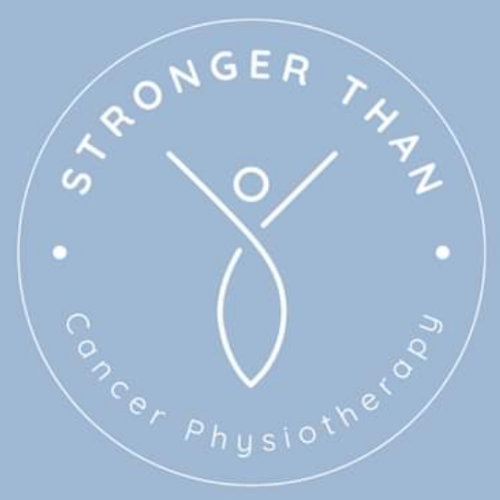Is it safe to exercise with cancer?
This article was written for My Cancer Companion.
One of the most common questions I get asked as a physiotherapist is whether it is safe to exercise during and after cancer treatment. The short answer is, yes absolutely!
Research demonstrates that exercise is not only safe for people with cancer, but it also improves treatment outcomes, treatment tolerance and symptom management, in over 13 different cancer types. [1]
While the link between exercise and tumour biology is not fully understood, the research clearly supports that exercise can have an inhibitory effect on cancer growth and a protective role in recurrence [2, 4]. It is thought that physical activity may create an unfavourable environment for cancer to grow, for multiple reasons including the release of specific chemicals and hormones while exercising. Physical activity may also prevent tumour growth by supporting the immune system to fight the cancer and tolerate treatment. [3, 5]
It is thought exercise may improve treatment outcomes. We know regular exercise increases blood flow and the formation of blood vessels, therefore research suggests it may improve the efficient delivery of chemotherapy to the tumour. For those having surgery as part of their treatment plan, physical activity is important before an operation, to reduce the risk of complications after surgery, such as blood clots or chest infections.[2]
For those with a palliative diagnosis, regular gentle exercise is equally important to help manage symptoms of fatigue and breathlessness and to improve quality of life.
It may feel worrying to exercise when you have cancer so the best place to start is to check that your oncology team is happy for you to exercise. From here, find a form of movement that you enjoy and start to slowly build your activity and confidence.
The aim is 150 minutes of moderate activity each week. ‘Moderate exercise’ means increasing your resting heart rate by around 50%; you can achieve this by moving until your heartbeat and breathing is faster but are still able to talk without gasping for breath. Alternatively, you can aim to work to 5/10 of your maximum effort.
If you need support, do not hesitate to reach out to a healthcare professional with appropriate experience, such as an oncology physiotherapist or nurse. With time, regular physical activity will help to manage the side effects of treatment and give you back some control in your day-to-day life.
>"If the effects of exercise could be encapsulated in a pill, it would be prescribed to every cancer patient worldwide and viewed as a major breakthrough in cancer treatment" - Professor Prue Cormie
References
[1] Moore SC et al. Association of Leisure-Time Physical Activity With Risk of 26 Types of Cancer in 1.44 Million Adults. JAMA Intern Med 2016; 176(6): 816–825.
[2] Ashcraft KA et al. Exercise as Adjunct Therapy in Cancer. Semin Radiat Oncol 2019:29(1):16-24.
[3] Cormie, P et al. The Impact of Exercise on Cancer Mortality, Recurrence, and Treatment-Related Adverse Effects. Epidemiol Rev 2017; 39(1): 71-92.
[4] Hojman, P et al. Molecular Mechanisms Linking Exercise to Cancer Prevention and Treatment. Cell Metab 2018; 27(1): 10-21.
[5] Idorn, M et al. Exercise-Dependent Regulation of NK Cells in Cancer Protection. Trends Mol Med 2016: 22(7): 565-577.


